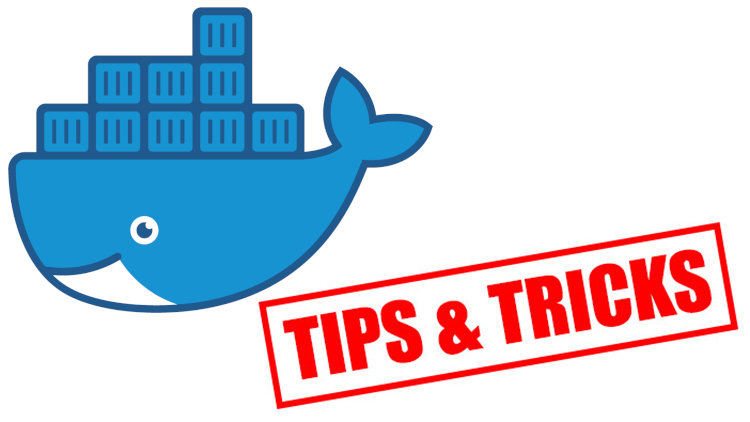I wanted to write it as a comment to article of @Evgeny Shvarov . But it happens to be so long, so, decided to post it separately.

I would like to add a bit of clarification about how docker uses disk space and how to clean it. I use macOS, so, everything below, is mostly for macOS, but docker commands suit any platform.

.png)